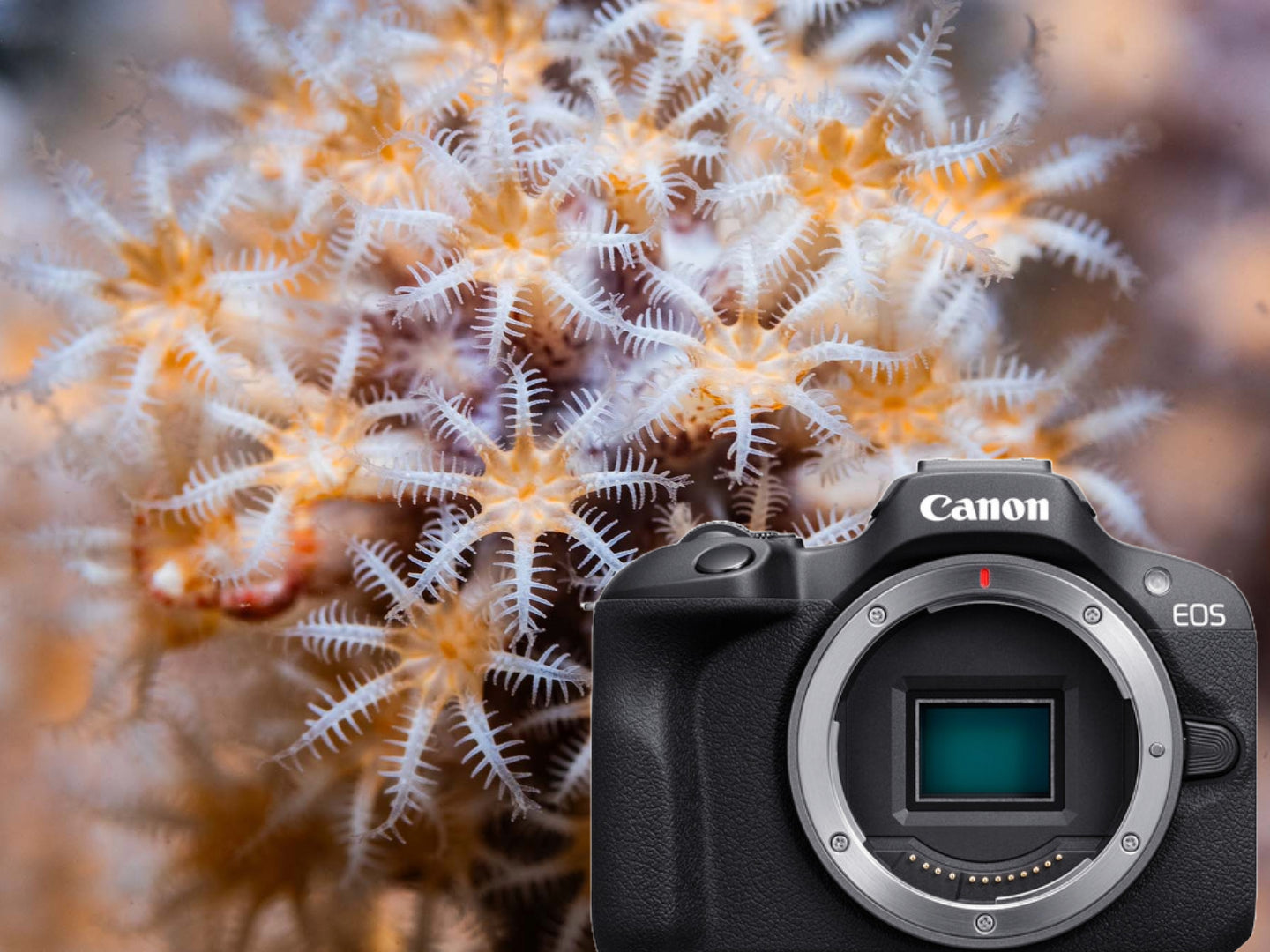By Logan Wood with John Brigham
The Sony ZV-E1 is one of our favorite compact mirrorless cameras for shooting video underwater right now. Ikelite video producer Logan Wood walks you through everything we like and don’t like, and shares some amazing underwater results shot off the coast of Baja Mexico and California.
The ZV-E1 combined with the compact DLM underwater housing # 69121 it makes a lightweight, low-profile system with many of the same, great features found in larger camera bodies.
Image Quality
I’ll start with what I like about the camera. It has the same full-frame sensor as the A7SIII, which has been my main camera for filming underwater. So you’re still getting great lowlight performance, 15 stops of dynamic range, as well as the dual base ISOs of 640 and 12,800 while recording in LOG. Its really amazing to shoot all way up at 12,800 and know that I’m still going to get a useable image with very minimal noise.
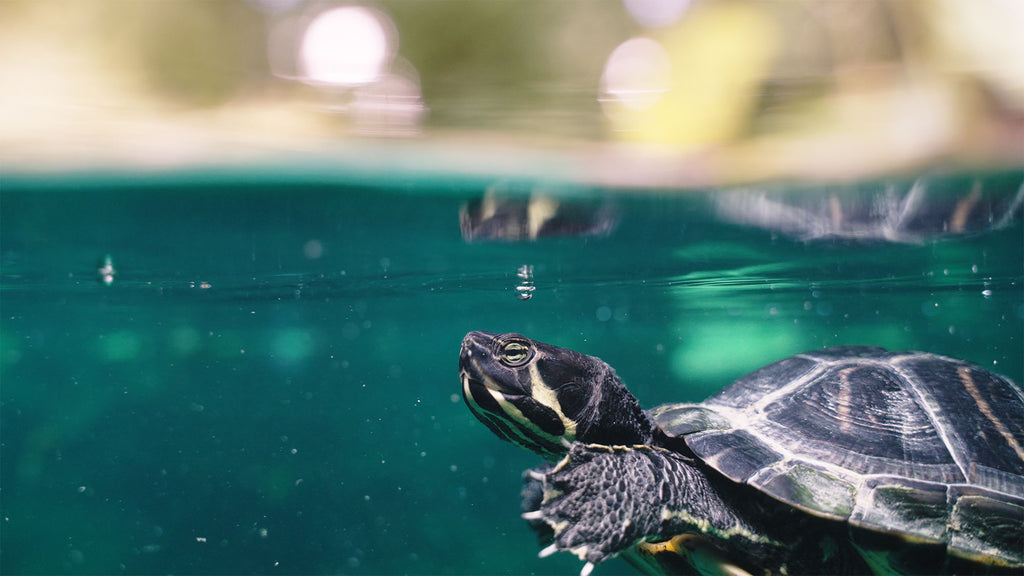
Sony has a lot of great mirrorless options right now, and the ZV-E1 has quickly moved to the top of my list for shoots in the studio, diving, and just shooting around for fun. © Logan Wood
Built-In LUTs
Another feature I like, that I wish was in the SIII, is built in LUTs for monitoring your LOG footage. These won’t be baked into your image but it gives you a good idea of what your final color could look like. Opposed to Gamma Display Assist or just looking at the washed out LOG footage.
Our friend Nirupam over at Blue Water Photo was recently shooting this system in the Sea of Cortez and said that he really liked using the pre-installed “s709” LUT for monitoring. And judging from my own coloring of his footage, I would agree that his exposure and white balance was pretty spot on. Which can be a challenge when shooting LOG without some reference as to what the rec709 conversion will look like.
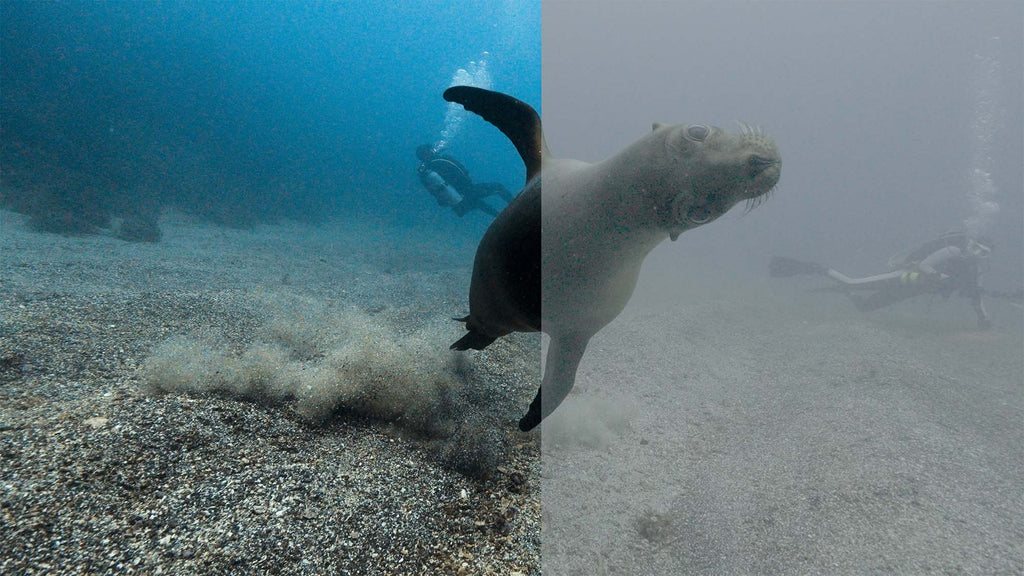
Built in LUTs for monitoring LOG footage will give creators an idea of what your final color corrected video will look like. © Nirupam Nigam
Dynamic Active Stabilization
Probably one of the biggest features of this camera is the new “Dynamic Active Stabilization” mode.
You’ll see there’s a pretty significant crop of 30% when you switch into Dynamic Active Stabilization and I’ve noticed that it does a good job while moving forward and back, but panning left or right has a bit of a “robotic” jolt as the image adjusts. Personally, I think that this takes me out of the shot a bit but, its a solid choice if you’re looking for smooth footage straight out of the camera. There are other methods to stabilize your footage in post, so if you’re not into the big crop then I’d stick to the “Standard” or “Active” stabilization modes.

If you’re looking for smooth footage right out of the camera than the Sony ZV-E1 Dynamic Active Stabilization feature might make it worth the upgrade.
Size of the System
John, here at Ikelite, also went diving with the ZV-E1 out in California a few months ago and shared some of his thoughts about shooting with it.
John: So with this camera specifically, we do a prototype for the housing and this camera is very small. So out the gate it’s like, all right, I'm very excited to shoot this because, you know, the smaller the camera you can shoot, the more comfortable and easier to travel with.
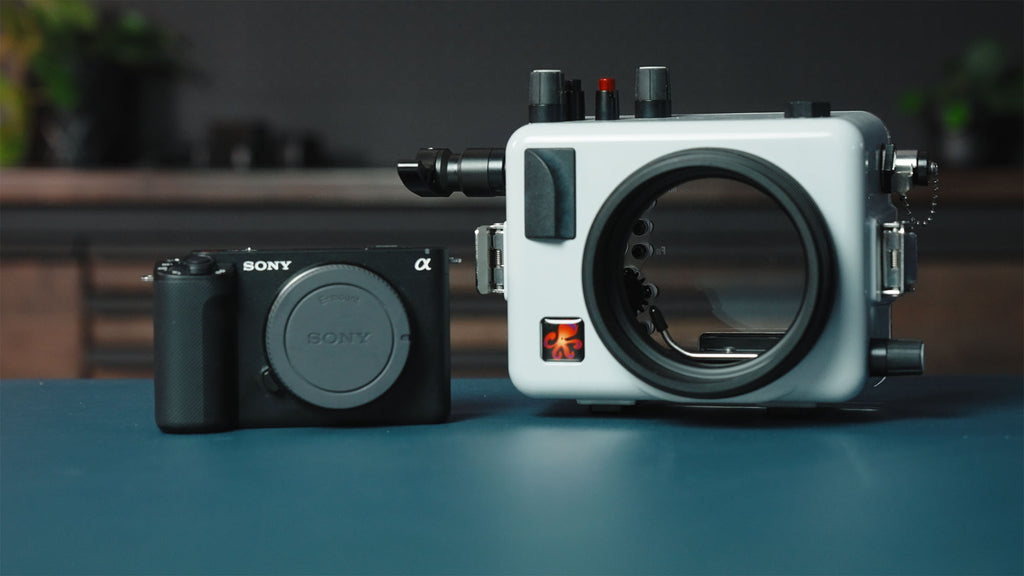
The ZV-E1 is Sony's smallest and lightest full-frame interchangeable lens camera with in-body image stabilization. With the same sensor as the a7S III in a compact package, the ZV-E1 is begging to be taken underwater.
Custom Control Settings
Logan: So before you left to go diving on California, we talked a little bit about setting up some of the custom buttons so that when you're shooting in natural light, you've got your main settings quick and easy to navigate to. Can you talk a little bit about using those actually in the field?
John: As you know, I'm a huge fan of customizing a camera to help me get better results faster. In this particular case, knowing we were going to shoot natural light video, I wanted to change ISO and I want to be able to set manual white balance very effectively and quickly... And it all worked very quickly, very seamlessly in the water.
Examples of Dynamic Active Stabilization
Logan: So the new Dynamic Active Stabilization is another big feature in this camera. Could you talk a little bit about using that while diving?
John: There was supposed to be Giant Sea Bass... When that subject that you're looking to get shows up like that... you're excited, you want to waste no time. You're not the most stable person in the water at this moment. And that stabilization just made that moment extremely smooth. You didn't have to get your composure just like right then and there.
Logan: So overall, what did you think about that camera? Would you recommend it to people who are either getting into Sony or looking to upgrade their video?
John: Full disclosure, all cameras that are really good and specifications aren't as exciting until you get it in the field and actually get to see what that means in real life. In this particular case, this one was definitely in that category of, "Oh, okay, that's what the stabilization is going to mean. That's what this customization is going to mean." Mix that in with the overall small size of it and it's like it went from like, "Okay, I'm going to shoot this camera to now where could I take this camera next?"

Say goodbye to shaky footage with the ZV-E1's Dynamic Active Stabilization. © John Brigham
Cons and Drawbacks
Now, this wouldn’t be a honest review without mentioning some of the cons. The first is the lack of a second SD card slot. This might not be a issue for some people, but if you’re on a professional shoot, recording to two SD cards is always a good idea and only having one is a bit nerve-racking for me. Especially since we’re working in hot, humid, and wet environments. But for casual shooting, I wouldn’t let that be a deal breaker.
Another downside is that there is no electronic view finder. Most likely if you’re shooting on the ZV-E1 you’re recording video, so the EVF isn’t as important but even topside I like to look through an EVF sometimes to block out the sun, and you won’t have that option here. This camera can also shoot photos, so if you’re looking to shoot some stills, you’ll have to stick to shooting through the back LCD.
And my final con is that there are only two exposure dials. Sony designed the camera with topside entry-level vloggers in mind, so a lot of the ergonomics are geared towards easily adjusting the camera’s settings through the touch screen on the back and less so through physical buttons. Underwater the touch screen isn’t available so you’ll have to decide which settings are most important to you while underwater and assign those to the two dials.
Should You Buy the ZV-E1?
There’s a lot of power packed into this camera, and has been the perfect B-cam in my kit. I’d recommend picking one up if you’re a casual shooter looking to get great video, or a professional looking to get a few underwater shots that will match their topside footage without breaking the bank. If you have any questions, email us at Ikelite@ikelite.com.
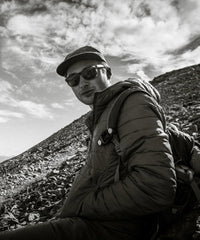
Logan Wood is a published photographer, cinematographer, and Producer at Ikelite. Stemming from a great appreciation for the outdoors and living an active lifestyle, his work focuses on capturing and sharing the natural world through the latest technologies. When not in the studio, Logan can be found cruising on his bike, going to concerts, and researching where to go next. You can see more of his work at loganwood.net and on Instagram @jlowood
Additional Reading
Sony ZV-E1 // Ikelite Underwater Housing Assembly & Camera Settings [VIDEO]
Choosing the Right SD Card for Photos and Video [VIDEO]
Setting the Right Frame Rate and Shutter Speed for Your Underwater Footage [VIDEO]
Custom White Balance for Underwater with Canon Mirrorless Cameras [VIDEO]











![Sony ZV-E1 Underwater Review (Sea of Cortez and Channel Islands) [VIDEO]](http://www.ikelite.com/cdn/shop/articles/Sony_ZV-E1_Review_Cover.jpg?v=1696453310&width=1500)
![Canon EOS R10 Underwater in La Paz Mexico / Bahamas / Florida [VIDEO]](http://www.ikelite.com/cdn/shop/articles/Canon-R10-cover.jpg?v=1694100767&width=1440)
